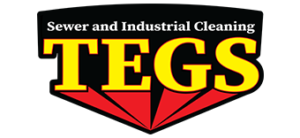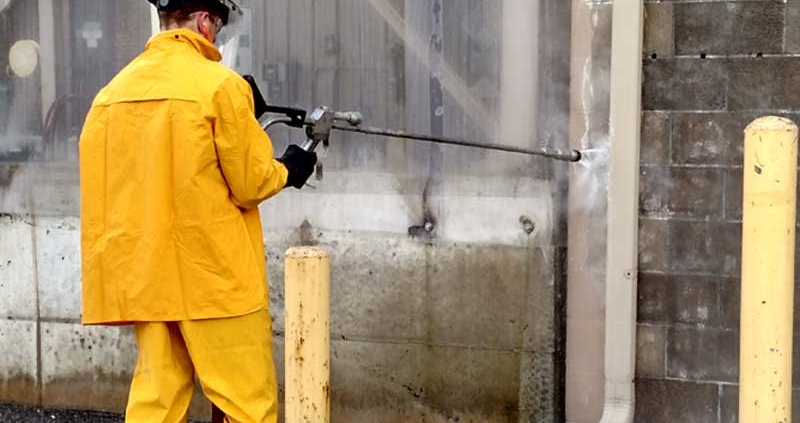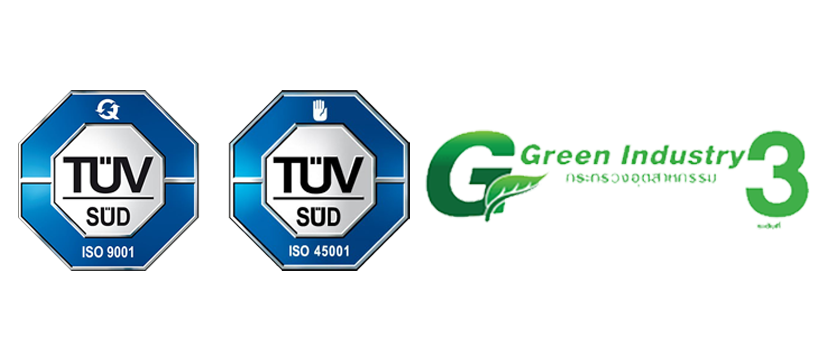Best Practices for Hydroblasting Safety
Hydroblasting is a powerful cleaning method used in various industries to remove dirt, paint, and other residues from surfaces. Using high-pressure water jets, hydroblasting can efficiently clean equipment, tanks, and structures. However, while it’s highly effective, it also comes with significant safety risks if not done correctly.
Ensuring safety in hydroblasting operations is crucial. The high-pressure water jets can cause serious injuries or damage if not handled properly. That’s why understanding the best practices for hydroblasting safety is essential for anyone involved in this type of work. From wearing the right safety gear to following strict operational guidelines, every step matters in keeping workers safe and the job site secure.
In the sections that follow, we will detail the critical aspects of hydroblasting safety. We’ll cover the essential safety gear needed, important pre-operation checks, safe operation techniques, and post-operation procedures. By adhering to these best practices, you can ensure that hydroblasting tasks are carried out safely and effectively, minimising risks and maximising productivity.
Essential Safety Gear for Hydroblasting
Before starting any hydroblasting job, it’s important to wear the proper safety gear. This helps protect you from potential injuries that can result from high-pressure water jets. First, you need a helmet to protect your head. These helmets often come with face shields to keep your face safe from water spray and debris. Always ensure your helmet fits well and is comfortable to wear.
Next, eye protection is crucial. Safety goggles or face shields are necessary to protect your eyes from flying debris and high-pressure water jets. These goggles should be sturdy and clear, allowing you good visibility while providing maximum protection.
Body protection is also a must. Special suits designed for hydroblasting can shield your body from high-pressure water and contaminants. These suits are tough and resistant to punctures. Additionally, wearing thick gloves and boots helps protect your hands and feet. Hydrobast gloves are cut-resistant and waterproof, ensuring your hands are safe while working.
Finally, hearing protection is important. The noise levels during hydroblasting can be very high, which can damage your hearing over time. Earmuffs or earplugs help reduce the noise, making the working environment safer and more comfortable. By using all this safety gear, you can minimise the risks involved in hydroblasting.
Pre-Operation Checks and Preparations
Before starting hydroblasting, it’s important to conduct thorough pre-operation checks. These checks ensure that both the equipment and the site are ready and safe for the task. Start by inspecting the hydroblasting machine. Look for any signs of wear and tear, especially on hoses and nozzles. Make sure all connections are secure and there are no leaks. A faulty machine can be dangerous and lead to accidents.
Check the water supply to ensure it’s clean and sufficient for the task. Contaminated water can block the nozzles and damage the equipment. Moreover, using dirty water can reduce the effectiveness of cleaning. Ensure the water supply is reliable and can provide enough pressure for the hydroblasting job.
Next, inspect the work area. Remove any obstacles that might interfere with the operation. Make sure the ground is stable and dry to prevent slipping. It’s also necessary to inform nearby workers about the hydroblasting operation, so they stay clear of the area. Putting up warning signs and barriers can help keep unauthorised personnel away.
Finally, conduct a safety briefing with your team. Discuss the safety protocols and ensure everyone knows their roles and responsibilities. Review emergency procedures so everyone is prepared in case of an accident. By conducting these pre-operation checks and preparations, you can ensure a smooth and safe hydroblasting job.
Safe Operation Techniques
Operating a hydroblasting system requires attention and care to ensure safety. First, always hold the lance with both hands, ensuring a firm grip. This helps you control the high-pressure water jet and direct it safely. Make sure to maintain a safe distance from the surface you’re cleaning to avoid any splashbacks that could hurt you.
Adjust the pressure settings according to the task. Too much pressure can damage surfaces and create hazardous conditions, while too little pressure might not clean effectively. Always consult the equipment manual to find the optimal settings for your specific job.
Communication is key during hydroblasting operations. Use clear, simple signals to communicate with your team members. Everyone must be aware of what’s happening to avoid unexpected movement or missteps. If there’s an issue, shut down the equipment immediately to assess the problem before continuing.
Always be mindful of your surroundings. Avoid pointing the hydroblasting jet at other people or sensitive equipment. Be cautious of slippery surfaces that can result from the water spray, and make sure walkways are clear to prevent tripping hazards. Following these safe operation techniques can keep you and your team safe while performing hydroblasting tasks.
Post-Operation Procedures and Maintenance
Once the hydroblasting job is complete, proper post-operation procedures are essential. Start by turning off the equipment and releasing any pressure still in the system. This makes it safe to handle and prevents accidental water sprays.
Inspect the equipment for any damage or wear. Check hoses, nozzles, and the lance for signs of leaks or cracks. Replace any damaged parts immediately to keep the system in good working order. Clean the equipment thoroughly, removing any residues that may have built up during the operation.
Store the equipment properly. Ensure hoses and cables are coiled neatly and stored in a dry place. Keeping the equipment in good condition prevents future issues and extends its lifespan. Regular maintenance checks should be scheduled to identify and address any potential problems early.
Conduct a debrief with your team. Review the operation, discussing what went well and what could be improved. This allows everyone to learn from the experience and make any necessary adjustments for future tasks. By following these post-operation procedures and maintenance tips, you can ensure the hydroblasting equipment remains reliable and ready for the next job.
Conclusion
Hydroblasting is a powerful method for industrial cleaning, but it comes with certain risks. To minimise these risks, it is crucial to follow best practices. From wearing the right safety gear to conducting thorough pre-operation checks, every step plays a role in ensuring safety. Proper operation techniques and post-operation procedures also contribute to a safe work environment.
By adhering to these guidelines, you can make hydroblasting both effective and secure. Safety is not just about wearing protective clothing, but about being vigilant throughout the entire process. Ensuring that equipment is well-maintained and that the worksite is prepared can prevent accidents and improve overall productivity.
At TEGS Thailand, we are committed to safe and efficient industrial cleaning. If you need expert hydroblasting services, Contact us today. Our team is ready to help you maintain a clean and safe industrial environment.




